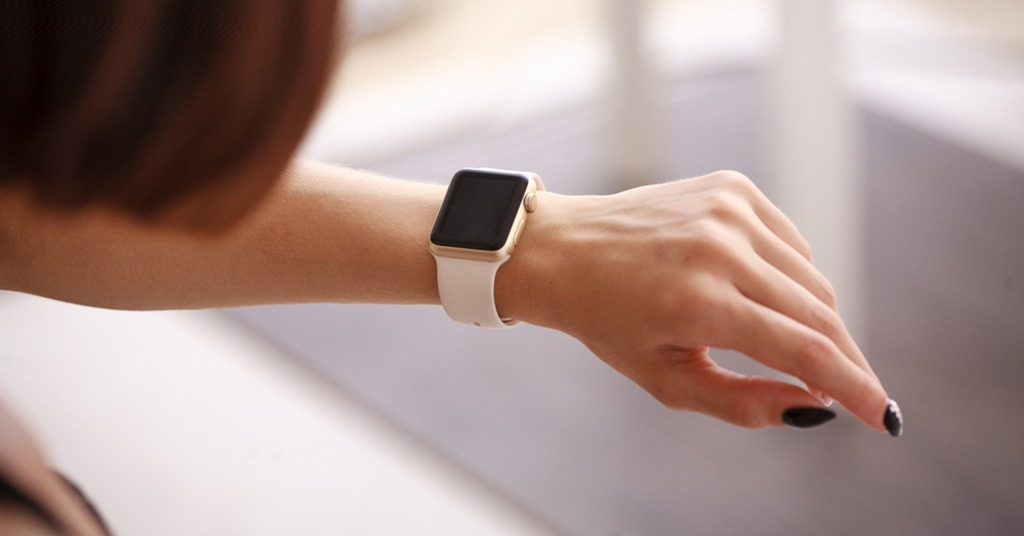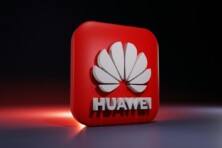Smartwatches, new vertical applications, and increasing contactless adoption will drive the market

Wearable payments market to surpass $7 billion by 2024. Source: shutterstock.com
The wearable payments market is being driven by a surge in contactless payment adoption, as a result of the growing usage of contactless cards and NFC-enabled mobile payments. In large part, this usage reflects a growing trend in changing consumer behavior regarding payment habits and trends, driven by maturing smartwatch technologies, evolving tokenization platforms, and the convergence with other end verticals such as ticketing and transport, and fitness and health applications. As a result of these trends, ABI Research forecasts $7.2 billion in global revenue from the sale of payment-enabled wearables in 2024.
A combination of technology maturity, consumer popularity, familiarity with contactless payments, and the unique external phenomena (and notably COVID-19, whereby contactless is being pushed as a safe and hygienic alternative to cash by the payment networks, merchants, government, and the World Health Organization) is accelerating today’s market adoption of contactless technologies. Wearable devices are primed to take advantage of this trend, with increasing choice and flexibility in terms of form-factors and available payment methods.
Ecosystem players such as wearable OEMs, silicon and IP providers, payment enablers, and financial application developers are all working to develop wearable payment experiences that are EMV-compliant, lightweight, interoperable, and intuitive UI. But most importantly, wearable payment technology can easily converge with other applications, such as loyalty and rewards, fitness and health, ticketing and transport, access control, etc., offering up new revenue streams and business opportunities for the various stakeholders.
This can be seen primarily by the growing adoption of open-loop payment systems in active devices such as smartwatches, which are outstripping closed-loop passive devices (such as silicon wristbands) in terms of shipment numbers over the forecast period. Regardless of device type, however, increased merchant acceptance and growing consumer adoption serve to highlight the ease and convenience of wearable-enabled payments.
Some of the top players in the market include Apple, CPI Card Group, G+D, Idemia, Infineon, MasterCard, NXP, Qualcomm, and Thales Gemalto, all of which are pushing through innovative solutions in the space. While wearable payments is a small market today, it is not niche. There are increasing and lucrative opportunities that will continue to push adoption and usage, and showcase new applications, including M2M payments, pay on demand, micropayments, 5G for instant B2B payments, and beyond, such as access control and transit.
SEE ALSO:









